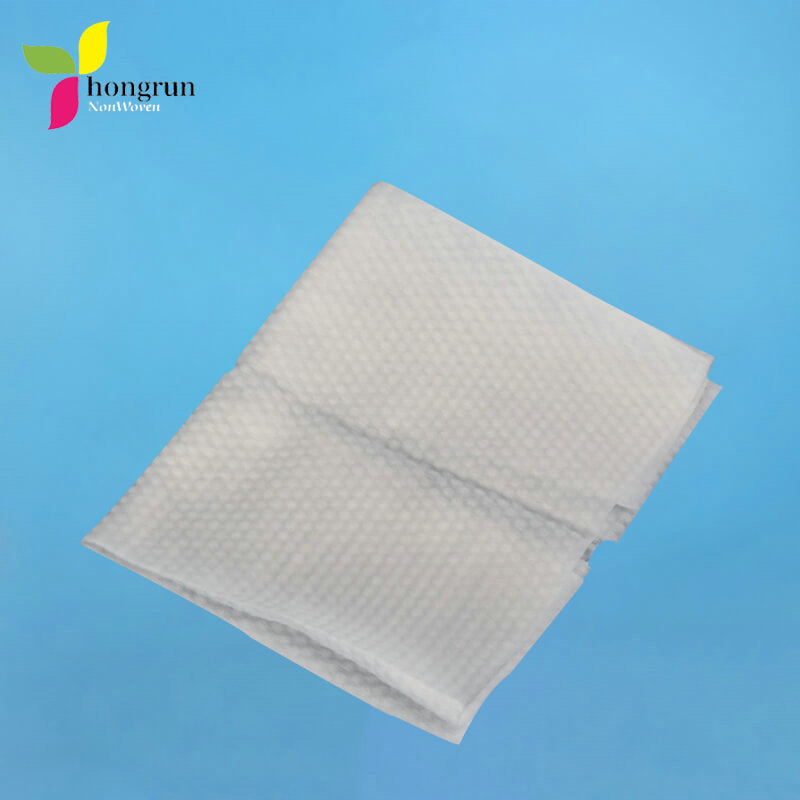HONGRUN
We are a factory and trading company of depilatory wax strip paper and other non-woven fabric products, professional in producing for more than 5 years.
How to avoid damaging fibers:
In the production process of needle-punched non-woven fabrics, we will find a large amount of cilia dust, which is the fibers cut by the needle during the puncture process. The more cilia, the more fibers are cut. This greatly affects the fracture and tensile strength of the non-woven fabric. Especially thin geotextiles are often punctured several times to make the cloth layer stronger. The result is counterproductive. Instead, the cloth surface becomes more and more punctured. This shows that during the puncture process of the puncture needle, the edges of the triangular section of the hook teeth are two. The sharp edge will cut the fiber. How to prevent the hook teeth from damaging the fibers during puncture is a technical problem in our needle-making industry.
Needle-punched non-woven fabric felting needles should be designed such that all the edges of the hook teeth contacting the fibers are designed to be arc-shaped, so as to avoid damaging the fibers during puncture and greatly enhance the strength of the non-woven fabric.
How to extend the life of the needle:
When the puncture needle is punctured at a high speed on the cloth layer, friction with the fiber and the lower cutting angle of the hook teeth will quickly become obtuse after abrasion, and invalid puncture will become a waste needle. How to make the fiber settle to the bottom of the tooth groove during the puncture process, and let the fiber wear synchronously at the bottom of the hook tooth under the guidance of the geometric shape of the hook tooth, so that the hook tooth always maintains a certain lower cutting angle and has a good belt Gross performance.
Reduce broken needle rate:
The bottom surface of the barb tooth groove of the felting needle should be in a convex arc shape, which can disperse the mechanical stress and enhance the rigidity of the needle body. Heat treatment should adopt vacuum recrystallization annealing process; quenching, spheroidization, nitriding, secondary tempering, and other advanced processes, are all effective measures to enhance the rigidity of the needle.
Some problems encountered during the application of the felting needle:
Sophisticated equipment, high-quality felting needles and advanced production technology complement each other. Choosing reasonable specifications, best tooth type felting needles, and reasonable production technology are the keys to improving the quality of non-woven fabrics.
www.hzhrnonwoven.com

Copyright © 2019 Hangzhou Hongrun nonwovens Co., Ltd. | All Rights Reserved Technical Support:HWAQ Wholesale Depilatory Wax Strips Paper Suppliers